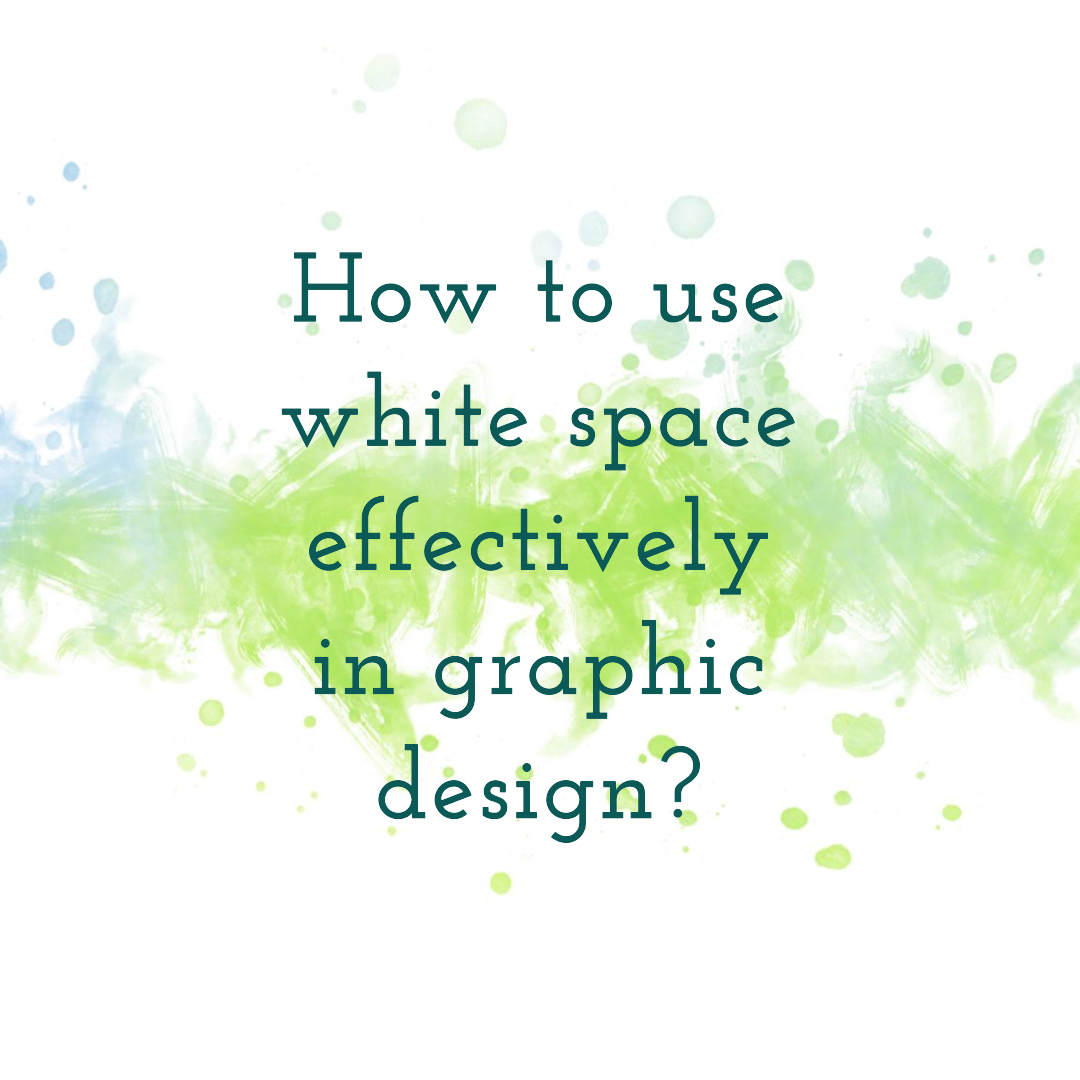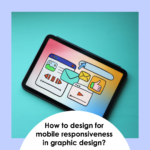How to use white space effectively in graphic design?
The Power of White Space: A Comprehensive Guide to Effective Usage in Graphic Design
In the realm of graphic design, white space, often referred to as negative space, is not merely the absence of elements; it is an active and essential ingredient that shapes the visual narrative and enhances the overall impact of a design. Just as a chef carefully balances flavors to create a culinary masterpiece, graphic designers strategically employ white space to guide the viewer’s eye, emphasize key elements, and establish a sense of balance, harmony, and sophistication.
Understanding the Essence of White Space: A Foundation for Effective Design
To effectively utilize white space, it is crucial to understand its role in graphic design:
- Emphasis: White space draws attention to specific elements by creating a visual contrast and isolating them from the surrounding content.
- Readability: Ample white space around text enhances readability, making it easier for the viewer to process and understand the information.
- Balance and Harmony: White space balances out the visual weight of other elements, creating a sense of equilibrium and preventing designs from appearing cluttered or overwhelming.
- Structure and Organization: White space helps organize and structure a design, guiding the viewer’s eye through a hierarchy of information.
- Emotional Impact: White space can evoke emotions, such as tranquility, elegance, or spaciousness, influencing the overall tone of a design.
White Space in Action: Notable Examples of Effective Usage
Numerous iconic designs showcase the power of white space:
- The Google Homepage: Google’s minimalist homepage, with its vast expanse of white space, emphasizes the search bar, making it the focal point of the design.
- The FedEx Logo: The subtle white space between the letters “F” and “E” in the FedEx logo forms an arrow, cleverly conveying the brand’s message of speed and efficiency.
- The Apple Product Packaging: Apple’s minimalist product packaging, with its clean lines and ample white space, exudes elegance and sophistication, aligning with the brand’s premium positioning.
- The Swiss Style: The Swiss Style, characterized by its use of grids, sans-serif fonts, and generous white space, emphasizes clarity, balance, and functionality.
- The Bauhaus Movement: The Bauhaus movement, known for its emphasis on simplicity and functionality, frequently utilized white space to create clean, uncluttered designs.
Practical Tips for Effective White Space Usage in Graphic Design
- Define Your Purpose: Clearly identify the purpose of your design and determine how white space can support your overall message and aesthetic.
- Consider the Content: Evaluate the amount and type of content in your design and adjust the white space accordingly to ensure readability and balance.
- Embrace Hierarchy: Use white space to establish a hierarchy of information, guiding the viewer’s eye towards the most important elements.
- Vary the Amount: Experiment with different amounts of white space to create visual interest and rhythm within the design.
- Maintain Consistency: Use white space consistently throughout the design to maintain a sense of cohesion and visual harmony.
- Consider Cultural Context: Be mindful of cultural norms and expectations regarding white space, as they may vary across different cultures.
- Seek Feedback and Iterate: Gather feedback from colleagues, potential clients, or design professionals to refine the use of white space and ensure effectiveness.
Conclusion: White Space as a Masterful Tool for Graphic Designers
White space, often overlooked yet undeniably powerful, is a master tool in the graphic designer’s arsenal. By understanding its principles, appreciating its impact, and applying it strategically, graphic designers can transform blank canvases into visually compelling and effective communication pieces that resonate with their audience. White space, when wielded skillfully, elevates designs from ordinary to extraordinary, leaving a lasting impression on the viewer and shaping the visual landscape of our digital age.








